Fit Meals on a Budget: Eating Healthy Without Breaking the Bank
Who says eating healthy has to be expensive?
Let’s debunk the myth and show you how you can enjoy nutritious, delicious meals without emptying your wallet.
Eating healthy on a budget is all about smart choices, planning, and a little bit of creativity. Let’s dive in and discover how you can eat well without breaking the bank!
Plan Your Meals
The Power of Meal Planning
Benefits of Planning Ahead
Meal planning is a game-changer when it comes to saving both time and money. By planning your meals in advance, you can:
- Save time: Spend less time thinking about what to cook each day.
- Save money: Avoid last-minute takeout and impulse buys.
- Reduce food waste: Only buy what you need and use it all.
How to Start Meal Planning
- Create a weekly menu: Plan your meals for the week ahead.
- Make a shopping list: Write down everything you need for your planned meals.
- Stick to your list: Avoid buying items that aren’t on your list to keep your budget in check.
Shop Smart

Smart Shopping Strategies
Buy in Bulk
Buying in bulk can significantly reduce your grocery bills, especially for non-perishable items like grains, beans, and nuts.
You can also buy meats and vegetables in bulk and freeze them for later use .
Choose Store Brands
Store brands often offer the same quality as name brands but at a lower price. Don’t hesitate to opt for these budget-friendly alternatives .
Seasonal and Local Produce
Seasonal and local produce is not only cheaper but also fresher. Visit farmer’s markets or check out the seasonal section in your grocery store for the best deals .
Budget-Friendly Fit Meal Ideas
Delicious and Affordable Recipes
Breakfast: Overnight Oats
- Ingredients: Rolled oats, milk or plant-based milk, fruits, nuts.
- Preparation: Combine oats, milk, fruits, and nuts in a jar and refrigerate overnight. Enjoy a nutritious breakfast ready to go in the morning!
Lunch: Quinoa Salad
- Ingredients: Quinoa, mixed vegetables, chickpeas, olive oil, lemon juice.
- Preparation: Cook quinoa according to package instructions. Mix with chopped vegetables and chickpeas, then dress with olive oil and lemon juice.
Dinner: Stir-Fry Vegetables and Rice
- Ingredients: Mixed vegetables, brown rice, soy sauce, garlic, ginger.
- Preparation: Stir-fry chopped vegetables with minced garlic and ginger in a pan. Serve over cooked brown rice and season with soy sauce for a quick, healthy dinner.
Snack: Homemade Hummus and Veggie Sticks
- Ingredients: Chickpeas, tahini, lemon juice, garlic, assorted vegetables.
- Preparation: Blend chickpeas, tahini, lemon juice, and garlic in a food processor until smooth. Serve with sliced veggies like carrots, cucumbers, and bell peppers.

Cook at Home
Benefits of Home Cooking
Control Over Ingredients
Cooking at home allows you to know exactly what’s in your food. You can choose high-quality ingredients and avoid unwanted additives and preservatives .
Portion Control
Home cooking gives you the power to manage your portion sizes, helping you to eat just the right amount .
Cost-Effective
Preparing meals at home is almost always cheaper than dining out or ordering takeout. You can make large batches and enjoy leftovers, stretching your food budget further .
Use Leftovers Wisely

Creative Leftover Ideas
Make New Meals
Transform dinner leftovers into a delicious lunch the next day. For example, use leftover stir-fry to make a wrap or salad.
Freeze for Later
Store leftovers properly and freeze them for future meals. This way, you’ll have ready-made, healthy options on days when you’re too busy to cook .
Conclusion
Eating healthy on a budget is entirely possible with a little planning and smart shopping.
By meal planning, shopping wisely, and cooking at home, you can enjoy nutritious, delicious meals without spending a fortune.
Remember, it’s all about making informed choices and being a little creative with your ingredients.
FAQs
What are some staple items to buy on a budget?
Rice, beans, lentils, oats, frozen vegetables, and eggs are great staples that are affordable and versatile.
How can I make meal planning easier?
Start with simple recipes, plan for leftovers, and gradually build a rotation of go-to meals.
Are organic foods necessary for a healthy diet?
While organic foods have benefits, they are not necessary for a healthy diet. Focus on consuming a variety of fruits and vegetables, whether they are organic or not .
What are some quick budget-friendly meal ideas?
Stir-fry, pasta with vegetables, and omelets are quick, nutritious, and budget-friendly options.
How can I save money on groceries without sacrificing nutrition?
Buy in bulk, choose store brands, and shop for seasonal produce to save money while still eating healthily.
Can I eat healthy on a tight budget?
Yes, with careful planning, smart shopping, and home cooking, you can eat healthy even on a tight budget .
What are the best places to shop for budget-friendly healthy foods?
Discount grocery stores, farmer’s markets, and bulk food stores are great places to find affordable, healthy ingredients.
References
- Buying in Bulk – Benefits and Tips
- How to Save Money by Buying in Bulk
- Store Brands vs. Name Brands: Which to Choose
- Seasonal and Local Produce: Benefits and Where to Find It
- Why Cooking at Home is Better for Your Health
- The Importance of Portion Control
- Cost Benefits of Home Cooking
- Smart Ways to Use Leftovers
- Organic vs. Non-Organic: What’s the Difference?
- Eating Healthy on a Tight Budget




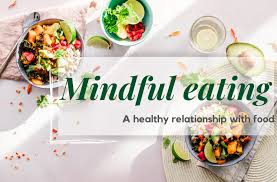
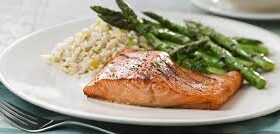
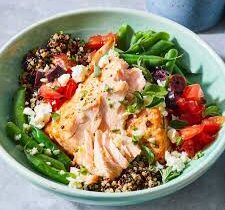
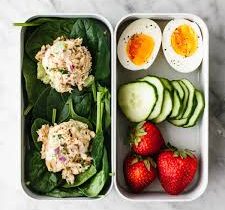
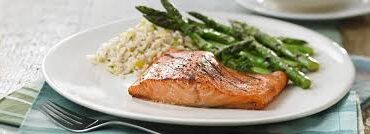
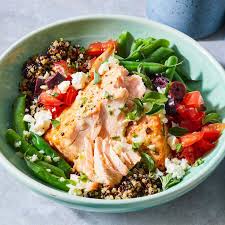
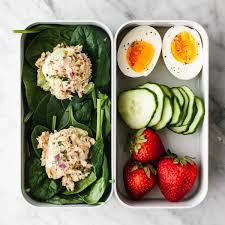
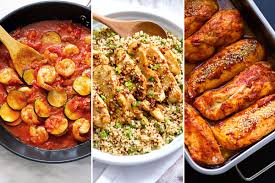
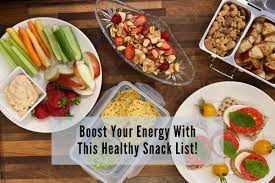

Leave a Reply